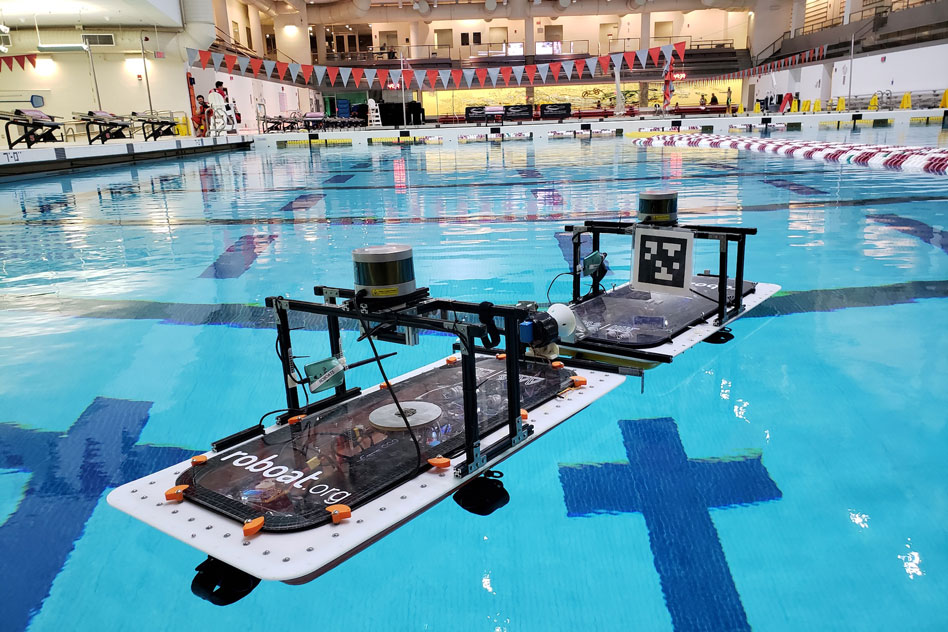The future of urban infrastructure is sailing towards innovation, and at the crux of this revolution are MIT’s remarkable robotic boats, cleverly dubbed “roboats.” These autonomous vessels are not just about traversing waterways; they have the potential to reshape how we think about urban design and functionality. Imagine a fleet of roboats that can assemble on-demand to create stages for concerts, walking bridges, or even bustling outdoor markets. Sounds futuristic? Welcome to the world of advanced robotics and smart maritime engineering!
The Vision Behind Roboats
Designed in collaboration with Amsterdam’s Institute for Advanced Metropolitan Solutions, MIT’s roboats embody a creative approach to urban living. With the goal of potentially transforming canals into adaptable public spaces, these robots are making waves in urban infrastructure innovations. Equipped with various technologies including GPS, cameras, and precision sensors, roboats can navigate autonomously to either follow pre-determined paths or dynamically respond to environmental changes.
Autonomy and Precision Engineering
The engineering marvel of roboats lies in their autonomous capabilities. Recent advancements in their design have seen the introduction of 3D-printed prototypes, which significantly enhance their self-assembly features. A custom latching system has been developed that enables these boats to connect with unparalleled precision—down to the millimeter.
- Utilizing a trial-and-error algorithm, the roboats can learn to latch onto designated targets effectively.
- This technology promises improved adaptability to diverse situations that urban planners may envision in city environments.
Practical Applications and Future Prospects
MIT has already set its sights on practical applications for roboats, with an initial focus on overnight garbage collection in Amsterdam’s canals. Acting as mini barges, these boats could efficiently clean up refuse left by residents, providing a cleaner and more enjoyable urban environment. However, the potential applications extend far beyond waste management.
Innovative Infrastructure Solutions
Imagine walking over a bridge formed by an assembly of roboats during a river festival or utilizing a temporary stage built overnight for an impromptu concert. The possibilities are endless, as these robotic units could:
- Sculpt dynamic market areas that can change shape based on needs.
- Adapt to provide transportation services as autonomous water taxis, enhancing mobility in congested urban areas.
- Form larger platforms for events or community gatherings, facilitated by their tentacle-like grippers inspired by marine life, mimicking a squid’s ability to grasp.
Conclusion: A New Wave of Urban Design
The emergence of roboats is just the beginning of a transformative era in urban infrastructure. They symbolize a blend of technology with creativity, ushering in smarter, more adaptive city environments. As we continue to navigate the challenges of urbanization, innovations like MIT’s roboats could pave the way for greener, cleaner, and more multifunctional urban spaces.
At fxis.ai, we believe that such advancements are crucial for the future of AI, as they enable more comprehensive and effective solutions. Our team is continually exploring new methodologies to push the envelope in artificial intelligence, ensuring that our clients benefit from the latest technological innovations.
For more insights, updates, or to collaborate on AI development projects, stay connected with fxis.ai.

